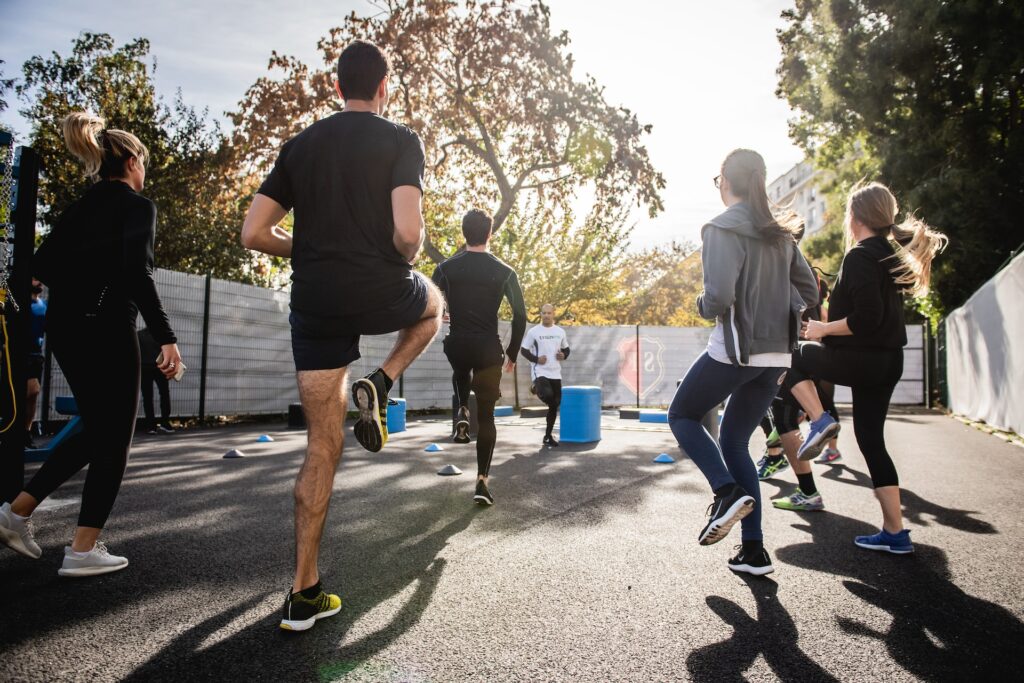If you’ve ever had a groin injury, you know that it can be difficult to continue participating in your usual activities, including sports. But is playing sports with a groin injury even possible? And if it is, what are some tips for doing so safely? Keep reading to find out.
What is a Groin Injury?
Athletic groin injuries are common, especially in sports that involve a lot of running, jumping, and kicking. Groin pain can range from a dull ache to a sharp, burning sensation.
If you have a groin injury, you may feel pain when you move your leg or when you put pressure on the injured area. You may also feel pain when you cough, sneeze, or laugh.
Groin injuries can be caused by overuse, direct trauma, or muscle strain. Treatment for a groin injury will depend on the severity of the injury. For most groin injuries, rest and ice are the best treatments
However, more severe injuries may require medical intervention. If you’re unsure whether or not you have a groin injury, it’s always best to consult with a medical professional.
Can You Play Sports With a Groin Injury?
Groin injuries are a common sports injury, especially in high-impact sports such as football, hockey, and soccer. A groin injury can range from a simple strain to a more serious tear, and the recovery time can vary depending on the severity of the injury.
If you have a groin injury, it is important to seek medical attention and get a proper diagnosis before returning to play. Depending on the diagnosis, you may be able to return to play within a few days or weeks.
However, if the injury is more severe, you may need to take several weeks or even months off from sport to recover fully. Some groin injuries can also cause long-term damage, so it is important to listen to your body and follow your doctor’s advice to avoid further injury.
Will Playing Sports With A Groin Injury Make It Worse?
It’s a question that often plagues athletes: should I play through the pain or wait for my injury to heal? When it comes to a groin injury, the answer is usually pretty clear, it’s best to rest and let the injury recover.
Playing with a groin injury can actually make it worse, especially if you’re not properly warmed up. The last thing you want is to make your injury worse and be sidelined for even longer.
So if you’re dealing with a groin injury, take some time off from playing sports and let your body heal. Your future self will thank you for it!
How Long Do Groin Injuries Last?
Groin injuries can be tricky. They may seem like they are minor and will go away on their own, but then they linger for weeks or even months. Sometimes the pain is sharp and constant, while other times it is more of a dull ache that comes and goes.
The good news is that most groin injuries will eventually heal with time and rest. However, the bad news is that there is no surefire way to predict how long it will take. In some cases, the healing process may be slowed down by factors such as age, obesity, or underlying health conditions.
The best thing you can do if you have a groin injury is to see a doctor and follow their recommended treatment plan. With patience and proper care, you should eventually make a full recovery.
What Helps A Pulled Groin Heal Faster?
There are a few things that can help to speed up the healing process. First, it is important to rest the injured area and avoid any activities that may aggravate the pain. Ice can also be applied to reduce swelling and pain.
Additionally, over-the-counter anti-inflammatory medications may be helpful in relieving symptoms. Finally, gentle stretches and exercises may help to improve range of motion and prevent further injury. With proper care, most pulled groins will heal within a few weeks.
Why Do Groins Take So Long To Heal?
There are a few reasons why groin injuries can take a long time to heal. First, the groin is a complex area with a lot of movement. Every time you move your legs, the muscles and tendons in your groin are working.
This can make it difficult for the area to rest and heal properly. Second, the blood flow to the groin is not as strong as it is to other parts of the body. This means that it can take longer for nutrients and oxygen to reach injured tissue, making it harder for the body to repair the damage.
Finally, the groin is often reinjured before it has fully healed. This can cause even more damage and make it even harder for the area to recover.
While there are some ways to speed up the healing process, such as icing and stretching, unfortunately there is no magic cure for an injured groin. Patience and proper care are usually the best course of treatment.

